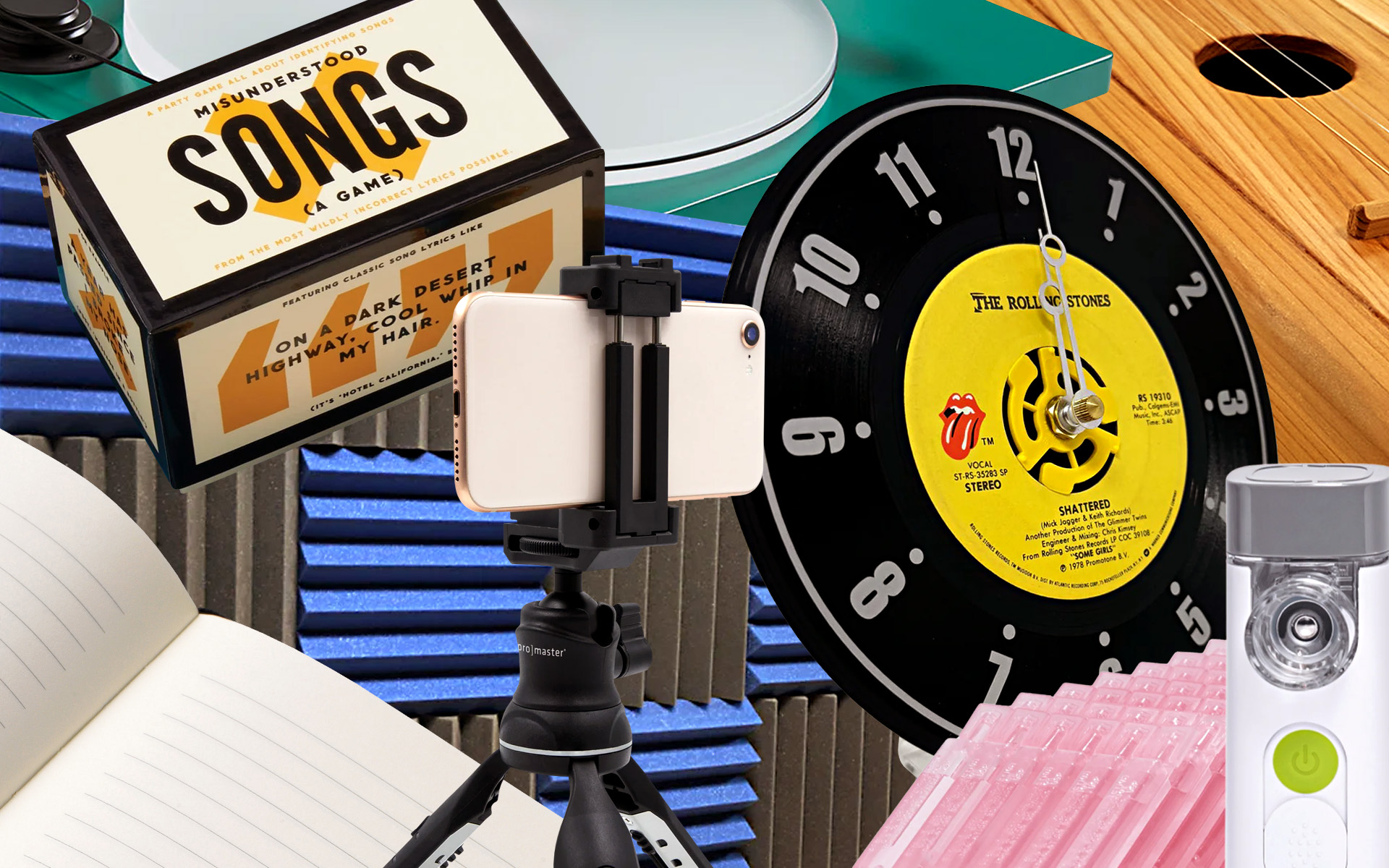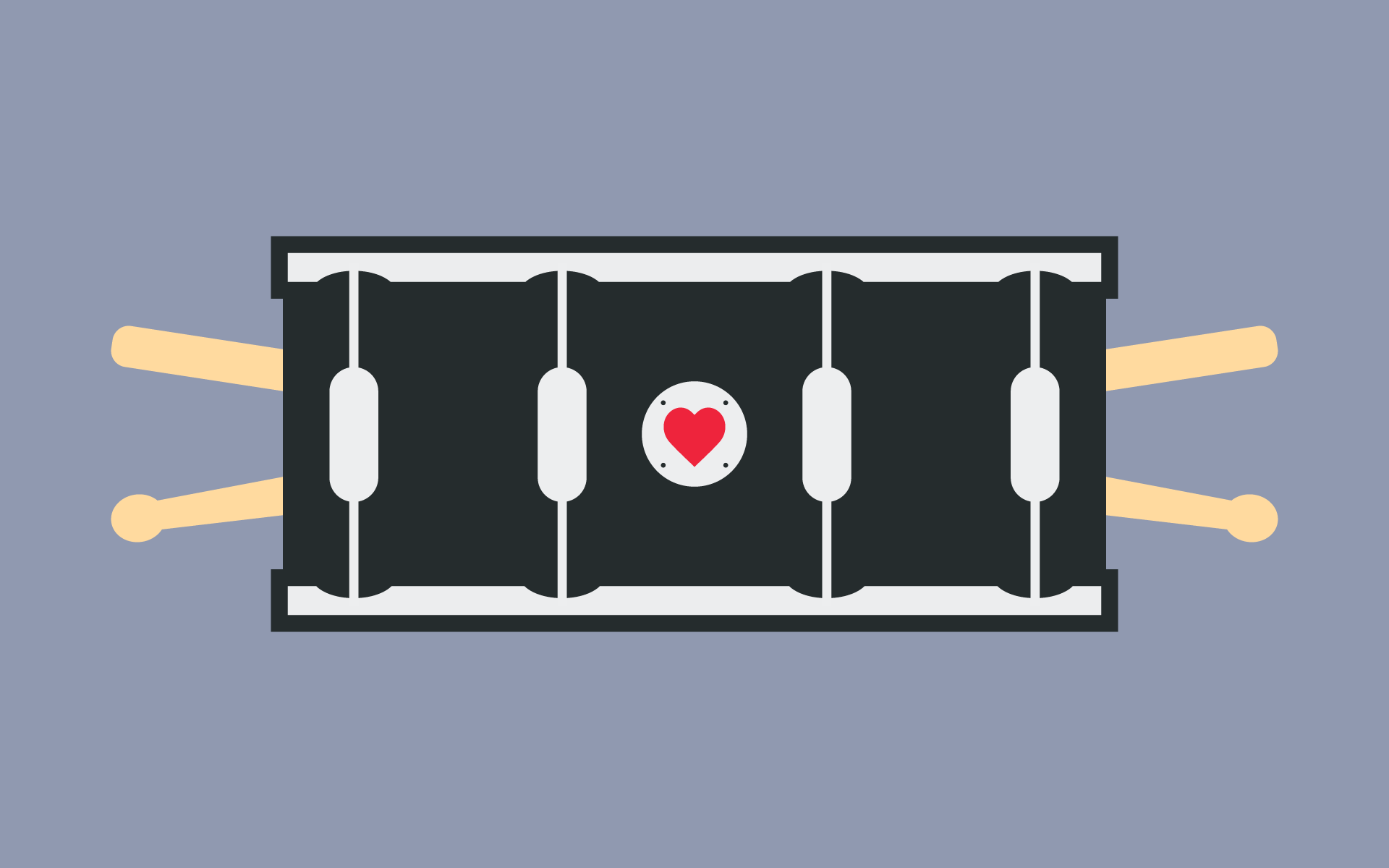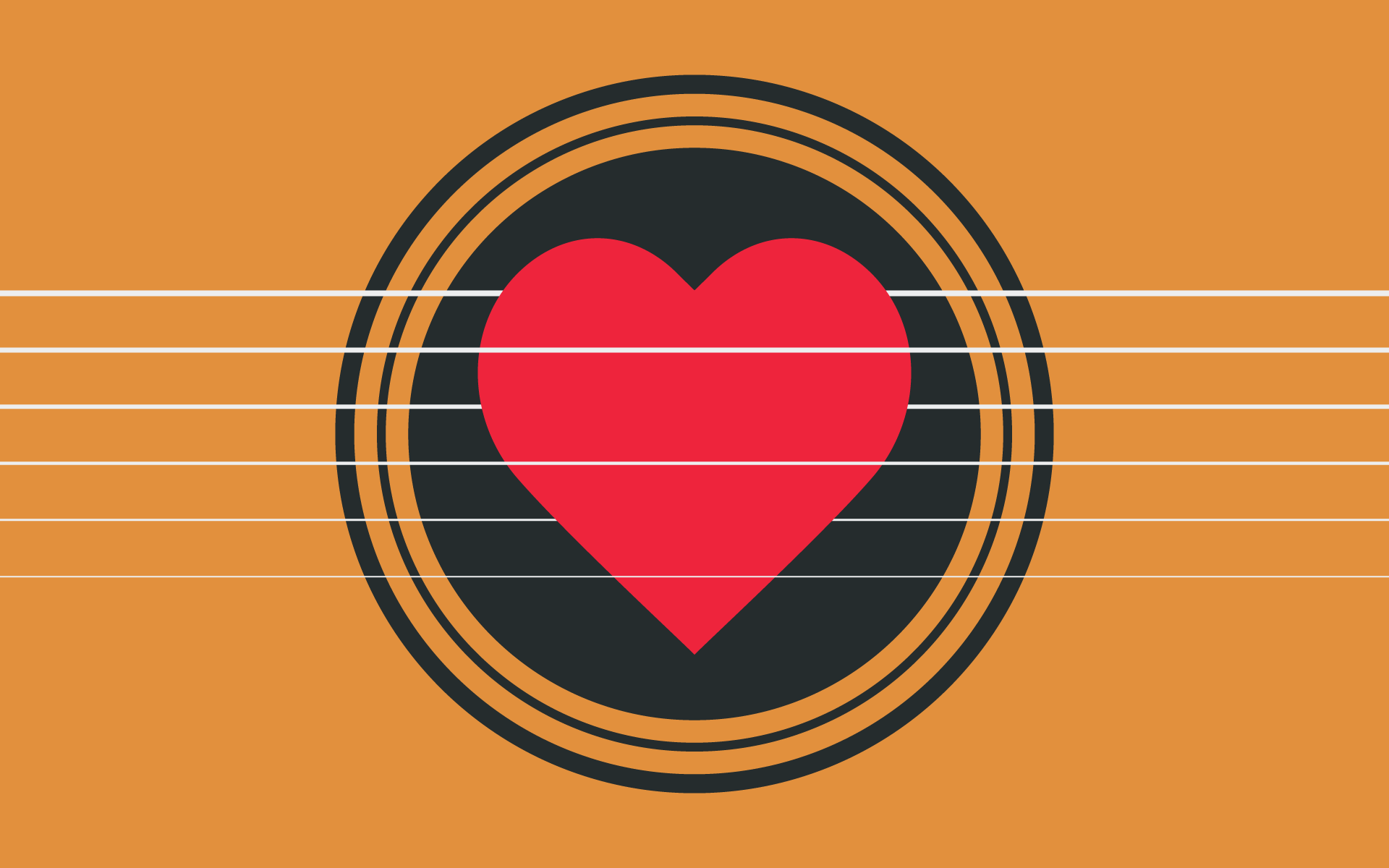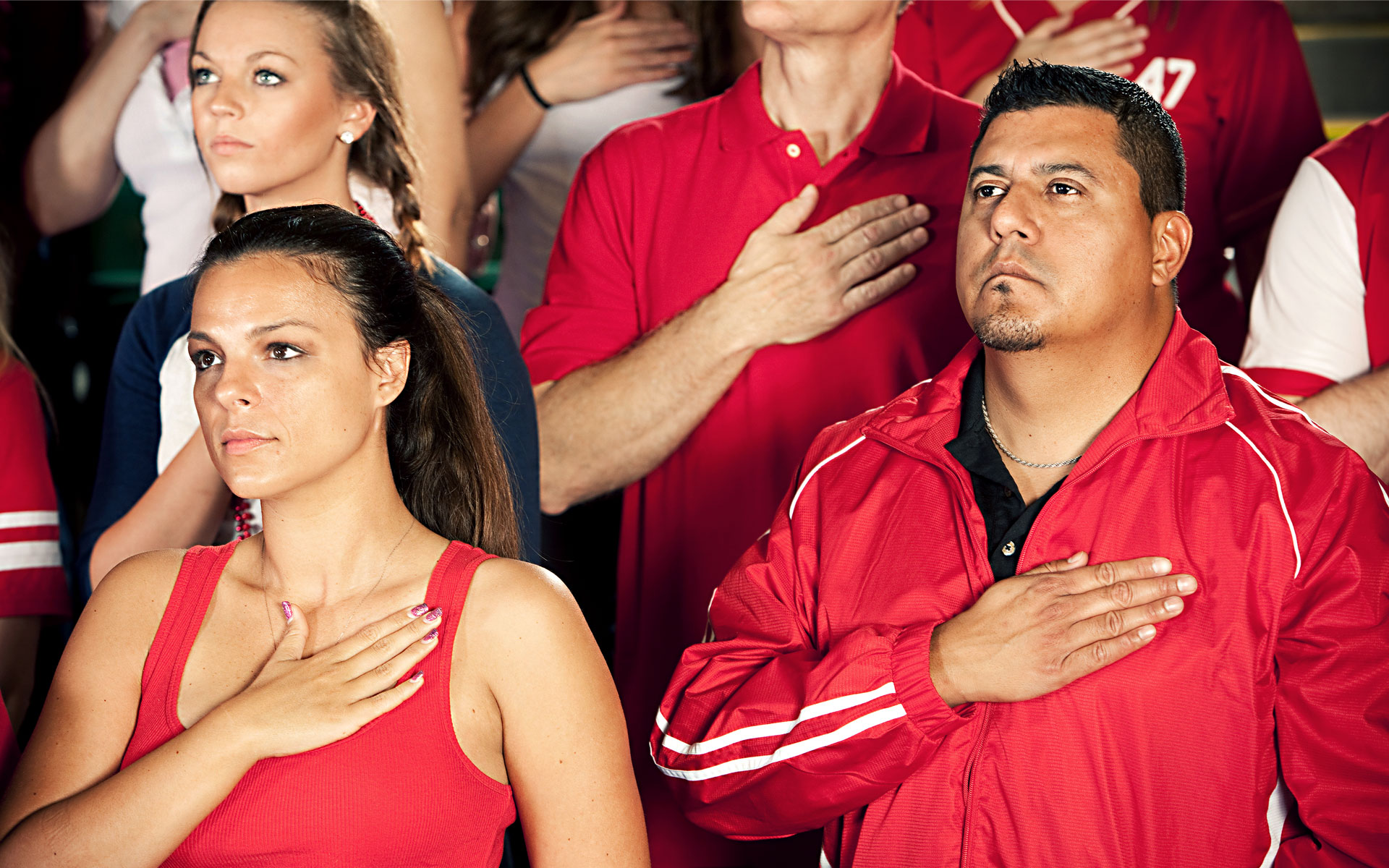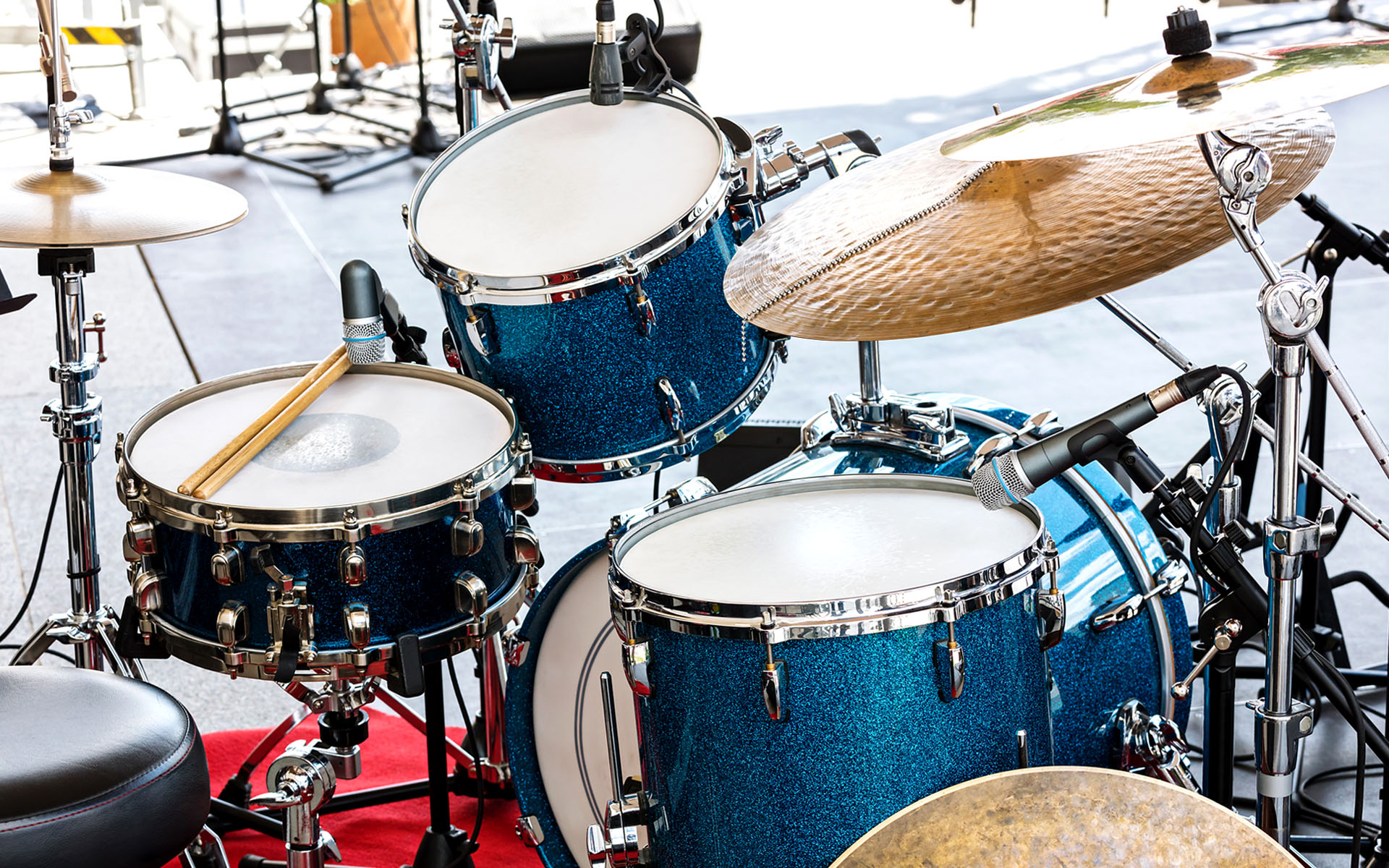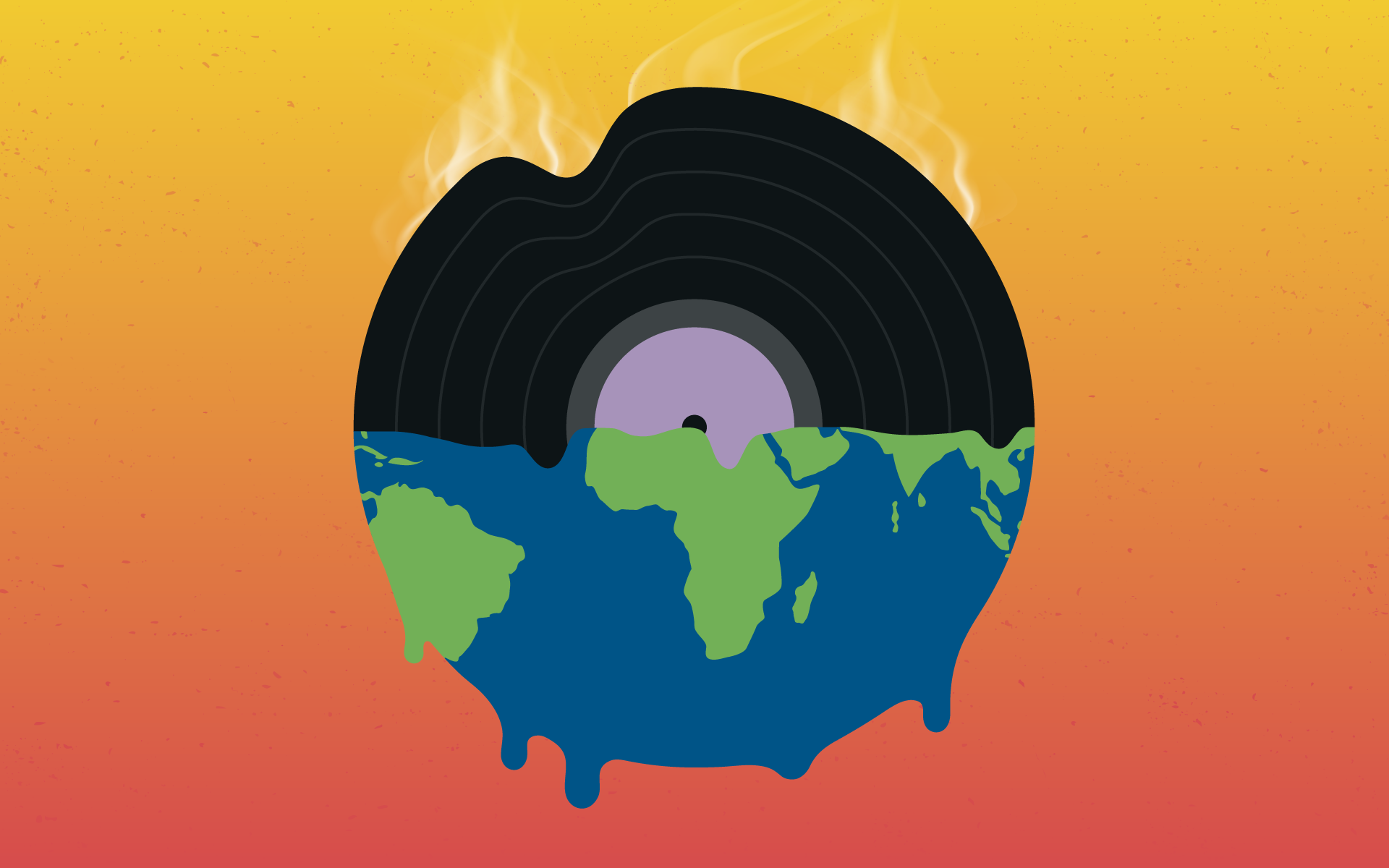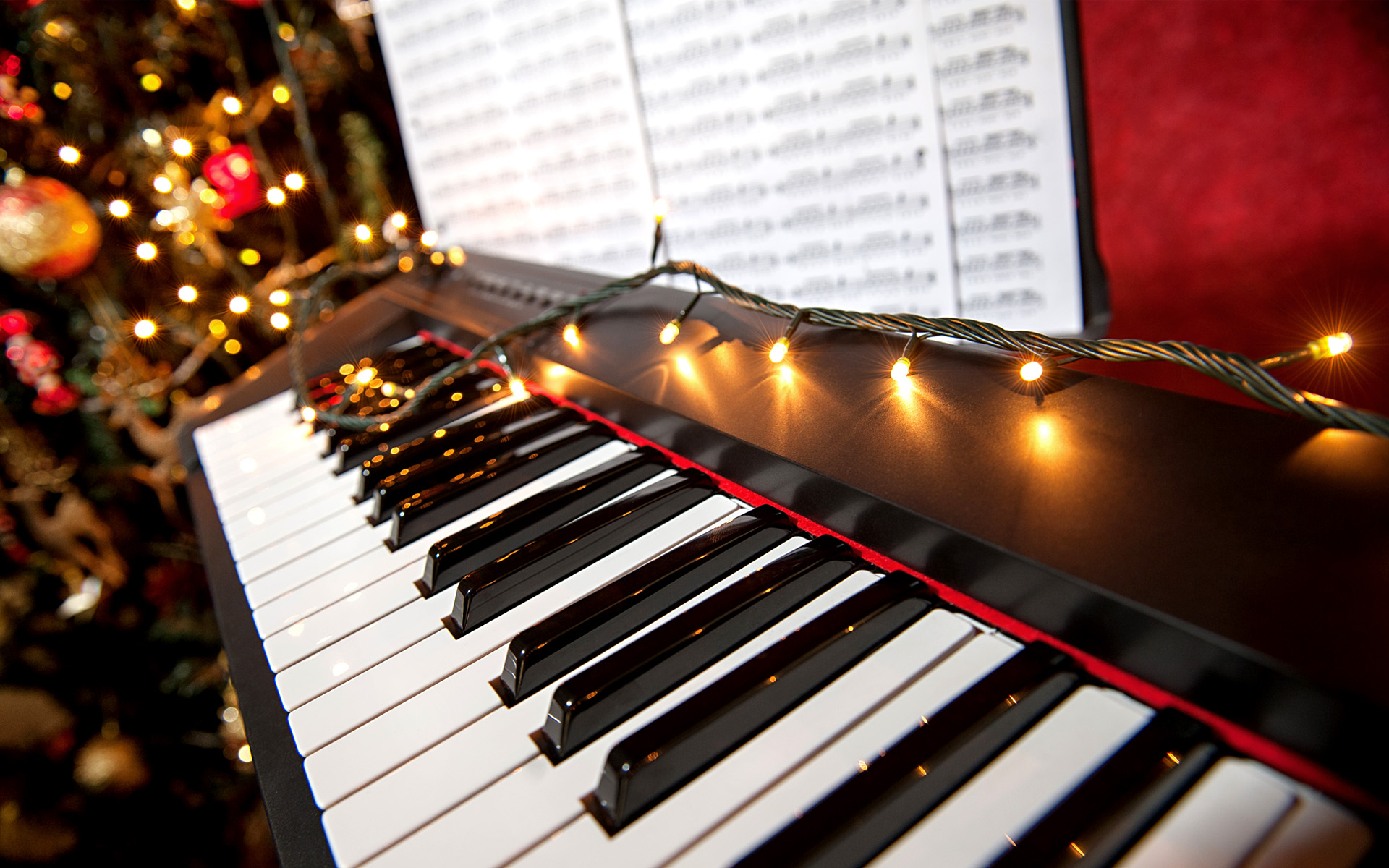Explore How Legendary Drum Grooves Shape the Sound and Feel of Modern Music
Drumming is an essential component of most music genres, powering the rhythm and giving the music its pulse. Whether it’s the driving rock beats or the intricate rhythms of jazz, drums play a crucial role in the music we love. Here we ask instructors of Berklee Online’s drum courses—many of whom are faculty within the Drum department at Berklee College of Music in Boston—about the best drums songs, specifically the best drum grooves. While drum fills and drum solos may get all the attention, it’s the grooves that keep us tapping our feet and dancing all night long, to say nothing of the inspiration they provide for music producers looking to create a loop from the beat for an MC to rap over.
For some of our instructors it was difficult to pare their selections down to the best drum songs, so if they asked for more, we let them send us more selections. Those additional tunes are on Spotify (and in the embed below this paragraph). We just wanted to share with our readers the tracks that make your instructors groove.
Rod Morgenstein’s Picks
“Ticket to Ride” by the Beatles
I think many drummers would agree that their favorite drum grooves come in different shapes and sizes, some being rhythmically challenging, others being as simple as they come, and still, others being one-of-a-kind.
I remember, as a kid, hearing Ringo Starr’s drum groove to the Beatles’ song, “Ticket to Ride,” thinking how unusual and different it sounded, as compared to most drum patterns. The thing that makes it so special is because it is a one-of-a-kind drum groove; something we drummers refer to as a “signature groove.” And what adds to its uniqueness is that it expands the basic kick/snare/hi-hat drumming approach and incorporates a rack tom.
“The Crunge” by Led Zeppelin
Another “signature groove” that comes to mind is John Bonham’s funky groove in Led Zeppelin’s, “The Crunge.” What makes this one so special is that the song is played in 9/8, which is not typical fare for a hard rock band. Yet Bonham plays this one so smoothly and effortlessly, so it does not sound “odd” in the least, just super cool.
“Back in Black” by AC/DC
I am equally blown away by the most basic drum groove—what I call “Tried and True Kick/Snare Pattern No. 1,” that can be heard in AC/DC’s, “Back in Black.” Phil Rudd’s drumming powers this iconic song along, and makes this groove—the most basic kick/snare pattern of all time, which has been used a million-plus times in rock songs throughout the ages—a sound so new and fresh and exciting.
“Vital Transformation” by the Mahavishnu Orchestra
The Mahavishnu Orchestra turned my world—and the jazz world—upside down when they exploded on the scene in the early ’70s. Their music opened my eyes to the exciting and challenging world of odd time signatures. I remember hearing them for the first time, totally freaking out listening to the song, “Vital Transformation,” with Billy Cobham tearing things up with an explosive “signature groove” in 9/8. I literally wore the grooves out of my record, trying so hard to figure out the syncopated rhythmic pattern to this amazing groove.
“Divided We Stand” by the Dixie Dregs
Being such a fan of the “signature groove” concept, I have tried, through the years, to create the occasional “signature groove” myself. The Dixie Dregs song “Divided We Stand” has a military march feel, so I started with a basic hand to hand RLR LRL pattern of triplets played between the hi-hat and snare. Then I worked out which notes on the snare to play as ghost strokes, which ones to play as double ghost strokes, and which notes to accent and syncopate.
Some years ago, when I was commuting back and forth from my home on Long Island to teach at Berklee, I was preparing for an upcoming recording with the Jelly Jam, a side project I have with Dream Theater bassist John Myung, and King’s X guitarist/vocalist Ty Tabor. I thought it would be cool to create a one-of-a-kind, “signature groove” and have it be the catalyst for a new song.
So I set the cruise control on the car, which freed up my hands and legs to a safe degree, so I could jam out on the Mass Pike. I took an unorthodox approach and worked on coming up with a groove pattern where 1) the bass drum does not play on the downbeat and 2) the snare does not play on the 2 and 4 backbeat.
Some weeks later, after a handful of back-and-forth drives, I found the pattern I was in search of. I played it for Ty and John, we started jamming, and eventually the song, “I Am The King,” and its follow-up jam, “The King’s Dance,” were born.
“Heart of Glass” by Blondie
Selected by: Erik “Hawk” Hawkins
Drum machines were meant as a stand-in for situations where a drummer wasn’t available. But when rock and punk musicians in the late ’70s figured out they could play drums on top of these robotic timekeepers, a whole new type of groove was born. It’s a groove that fuses humans and machine: personal feel with mechanical rhythms. Most people think of Phil Collins’ 1981 solo hit “In the Air Tonight” as a cornerstone pop song that prominently features both Collins’ powerful live drumming and the distinctive sound of the Roland CR-78 rhythm machine. But there were many examples before this hit.
Certainly, one of the best is 1978’s “Heart of Glass” by Blondie. Blondie’s drummer, Clem Burke, plays along perfectly with the rhythm machine’s pattern (again, generated by the Roland CR-78), and their bass player, Gary Valentine (a.k.a. Gary Lachman), plays in lockstep with Burke’s kick drum for this infectious and timeless disco groove.
Yoron Israel’s Picks
One of my favorite drum grooves is the “jazz shuffle.” This groove has an infectious quality that instantaneously touches the body, heart, and mind of most listeners. Based on a continuous triplet pattern that creates a loping or swing feeling. This pattern can be creatively manipulated in seemingly countless ways that prevents it from ever becoming dated. You find the influence of the shuffle in all facets of traditional, folk and contemporary American music. Check out these clips of great drummers such as Sam Woodyard, Art Blakey, Joe Dukes, Donald Bailey, Bernard Purdie, Grady Tate and others doing their take on the jazz shuffle. They’re some really inspirational gems for you to ponder, duplicate, and forge ahead in your application of the jazz shuffle groove pattern. I’ll leave you with this 1993 clip of Grady Tate, playing “Midnight Special” with organist Jimmy Smith, guitarist Kenny Burrell, and sax player Herman Riley.
“Midnight Special” by Jimmy Smith & Kenny Burrell
“The Purdie Shuffle” by Bernard Purdie
And as a bonus—and a callback to what Rod was talking about with signature beats—here is Bernard Purdie showing us what’s under the hood of his signature take on this beat, “The Purdie Shuffle.”
Mark Walker’s Picks
Here are three of my favorite drum grooves:
“Since You Been Gone” by James Brown
Drummer: Clyde Stubblefield
Between the drums and bass, this is pointing the way to 1970s broken up funk, a la David Garibaldi (Tower of Power) and Mike Clark (Herbie Hancock) as well as songo, innovated by Changuito.
“Baile Del Candombe” by Osvaldo Fattoruso and Mariana Ingold
Drummer: Osvaldo Fattoruso
The Afro-Uruguayan style Candombe has a swing all its own, with clave as the foundation and a similar swing to Brazilian samba. The traditional drums used in Candombe are the chico, repique, and piano, and Fattoruso sounds like all three on one drum set.
“Tomorrow Never Knows” by the Beatles
Drummer: Ringo Starr
This groove has always stood out as one of Ringo and Paul McCartney’s best drum and bass grooves. It pulsates, drives, and compliments the tune perfectly.



